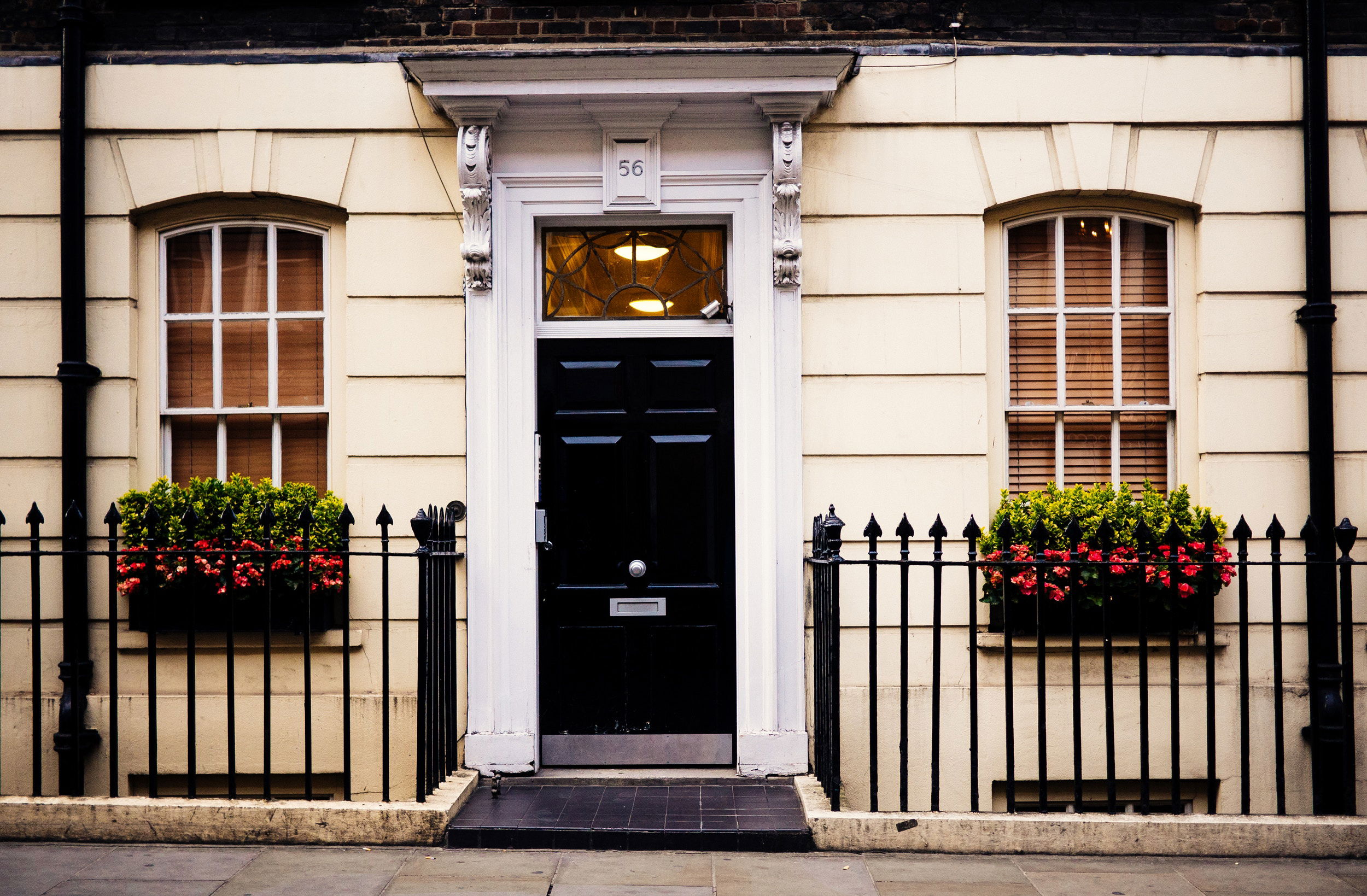The Invisible Threat: Detecting and Mitigating Carbon Monoxide in Your Home
When it comes to home safety, we often think of visible dangers such as fires or burglaries. However, an invisible threat that deserves equal attention is carbon monoxide (CO) poisoning. Carbon monoxide is a colorless, odorless gas that can be extremely dangerous if not detected and managed appropriately. This article explores the risks associated with carbon monoxide, ways to detect its presence, and measures you can take to mitigate its threat in your home.

Understanding Carbon Monoxide Poisoning
Carbon monoxide is produced by the incomplete combustion of fossil fuels such as natural gas, oil, and wood. Common sources of carbon monoxide in homes include gas appliances (furnaces, water heaters, stoves), wood-burning stoves, fireplaces, and car engines. When carbon monoxide is released into the air, it can quickly build up to dangerous levels in enclosed spaces. Carbon monoxide poisoning can lead to symptoms such as headaches, dizziness, nausea, confusion, and even unconsciousness. In severe cases, exposure can be fatal. Because carbon monoxide is odorless and colorless, it's often referred to as the "silent killer."
Detecting Carbon Monoxide
To protect your home and family from carbon monoxide poisoning, it's crucial to have the right detection mechanisms in place. Here are effective methods for detecting carbon monoxide:
Carbon Monoxide Alarms
Carbon monoxide alarms are designed to detect the presence of the gas in the air. These devices are similar to smoke alarms and emit a loud alarm sound when they sense elevated levels of carbon monoxide. They should be installed in key areas of your home, such as hallways and near sleeping areas. Make sure to follow the manufacturer's instructions for installation and maintenance.
Smart Carbon Monoxide Detectors
Smart carbon monoxide detectors connect to your home's Wi-Fi network and send alerts to your smartphone or other devices when elevated carbon monoxide levels are detected. These devices offer added convenience and remote monitoring capabilities.
Regular Inspection and Maintenance
Ensure that all fuel-burning appliances in your home are inspected and maintained regularly by qualified professionals. This includes furnaces, water heaters, stoves, and fireplaces. Proper maintenance helps prevent the production of carbon monoxide and ensures that appliances are functioning safely.
Mitigating Carbon Monoxide Threats
Beyond detection, there are several measures you can take to mitigate the risk of carbon monoxide exposure in your home:
Proper Ventilation
Ensure that all fuel-burning appliances are properly ventilated. This means that exhaust gases are directed outside, away from enclosed spaces. Proper ventilation prevents the accumulation of carbon monoxide indoors.
Regular Chimney Cleaning
If you have a fireplace or wood-burning stove, ensure that the chimney is cleaned regularly to prevent blockages that could lead to the buildup of carbon monoxide.
Use Appliances Safely
Never use gas stoves or ovens as a heat source, and avoid using fuel-burning appliances in enclosed spaces. For instance, using a gas grill indoors or running a generator in a closed garage can lead to dangerous carbon monoxide levels.
Monitor Indoor Air Quality
Consider using indoor air quality monitors that can detect carbon monoxide along with other pollutants. These devices provide continuous monitoring and can alert you to any sudden changes in air quality.
Conclusion
Carbon monoxide is a hidden danger that can have severe consequences if not addressed. Installing carbon monoxide alarms and regularly maintaining fuel-burning appliances are essential steps in safeguarding your home and loved ones. By staying vigilant, understanding the sources of carbon monoxide, and taking preventive measures, you can effectively mitigate the risks associated with this invisible threat and create a safer living environment for your family.
Sources:
- Centers for Disease Control and Prevention (CDC). (2021). Carbon Monoxide Poisoning Prevention. https://www.cdc.gov/co/default.htm
- National Fire Protection Association (NFPA). (2021). Carbon Monoxide Safety Tips. https://www.nfpa.org/Public-Education/Fire-causes-and-risks/Exposure-to-chemicals/Carbon-monoxide
- Mayo Clinic. (2021). Carbon Monoxide Poisoning. https://www.mayoclinic.org/diseases-conditions/carbon-monoxide/symptoms-causes/syc-20370642
- Consumer Reports. (2021). Carbon Monoxide Detector Buying Guide. https://www.consumerreports.org/cro/carbon-monoxide-detectors/buying-guide/index.htm
- SafeWise. (2021). How to Prevent Carbon Monoxide Poisoning in Your Home. https://www.safewise.com/home-security-faq/carbon-monoxide-prevention/